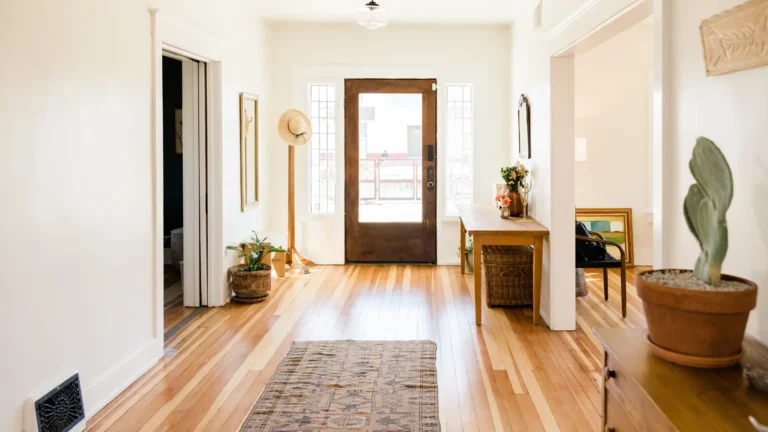Decorating a tiny home can feel like solving a puzzle, but with the right home decor tips for your tiny home, it becomes an exciting chance to create a cozy, stylish, and functional space. Whether you’re new to small living or a seasoned minimalist, these practical tips will help you maximize every inch of your small footprint without sacrificing comfort or style.
Why Decorating a Tiny Home Is a Creative Challenge
Tiny homes require creativity because space is limited and everything has to earn its place. Unlike bigger houses, you can’t just add more furniture or storage units. You have to think smarter about how to combine function with aesthetics and how to keep the space feeling open and inviting. This challenge forces you to embrace minimalist home decor, clever storage, and innovative furniture solutions that make compact living enjoyable.
Embrace Minimalist Home Decor
Minimalism is your best friend in a tiny home. It’s about choosing quality over quantity and focusing on essentials that serve multiple purposes. Here’s how to embrace minimalist home decor:
- Declutter regularly: Keep only what you truly need or love. This reduces visual noise and frees up space.
- Neutral color palettes: Light colors like whites, soft grays, and pastels make rooms feel larger and brighter.
- Simple decor accents: Use a few statement pieces rather than many small items to avoid overcrowding surfaces.
- Open layouts: Avoid bulky furniture that blocks sightlines; open space feels bigger and more breathable.
Minimalist home decor not only makes your tiny home look sleek but also makes it easier to maintain.
Use Space-Saving and Multi-Functional Furniture
One of the smartest ways to make the most of space in a tiny home is by using furniture that does double duty. Multi-functional furniture is a game-changer:
- Sofa beds or pull-out couches: Perfect for seating by day and sleeping by night.
- Storage ottomans and benches: Provide seating plus hidden storage for blankets, books, or toys.
- Fold-down tables and wall-mounted desks: Save floor space when not in use but still offer a functional workspace or dining area.
- Lift beds or beds with built-in drawers: Use the area underneath for clothes, shoes, or linens.
Space-saving furniture lets you adapt your living areas easily, making tiny house design tips more practical and fun.
Clever Tiny Home Storage Ideas
Storage is often the biggest challenge in compact living solutions, but with creativity, you can find space in unexpected places:
- Under-stairs storage: Turn staircases into drawers or cabinets for clothes, shoes, or pantry items.
- Hidden floor storage: Install lift-up floor panels or storage boxes to hide away less-used items.
- Wall-mounted shelves and hooks: Use vertical space to hang pots, pans, utensils, or decorative items.
- Pull-out racks and skinny shelves: Perfect for spices, canned goods, or toiletries, so everything is accessible without clutter.
- Use the space under seating: Benches and sofas with built-in storage keep essentials out of sight but within reach.
These tiny home storage ideas will keep your home organized without feeling cramped.
Smart Interior Design Tips for Small Homes
Interior design for small homes requires attention to detail and smart planning:
- Maximize natural light: Use sheer curtains and place mirrors strategically to reflect light and create the illusion of space.
- Choose furniture with legs: Raised furniture lets you see more floor space, making rooms feel bigger.
- Stagger shelves: Tiered shelving adds depth and avoids visual clutter.
- Color continuity: Use a consistent color scheme throughout the home to create flow and unity.
- Compact kitchen solutions: Extend countertops with cutting boards over sinks or use rolling carts that double as islands.
These tips will make your tiny home feel bigger and more inviting, function and style.
Decorating Small Rooms: Make Every Corner Count
Every nook and cranny matters in a tiny home. Here’s how to make the most of small rooms:
- Use corner shelves: Perfect for books, plants, or decor without taking up floor space.
- Install pegboards: Great for kitchens or offices to hang utensils, tools, or supplies.
- Create zones: Define areas for sleeping, eating, and working with rugs or furniture placement to avoid chaos.
- Add mirrors: They visually expand small rooms and brighten dark corners.
- Keep pathways clear: Arrange furniture to allow easy movement and avoid overcrowding.
By decorating small rooms thoughtfully, you can have a home that feels spacious and comfortable, no matter the size.
